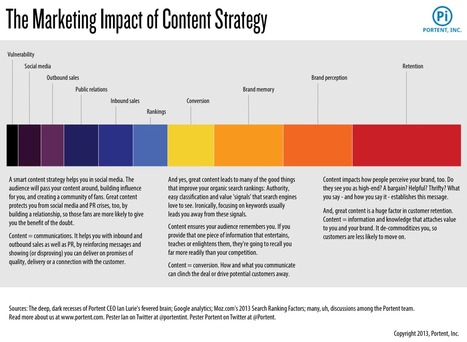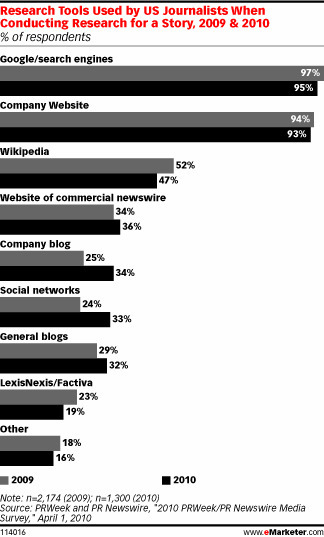First, while this piece is about content marketing, it focuses on the “getting started” steps. A lot of people call these steps “content strategy.”
This article goes a little beyond that, getting to best practices and a few favorite tools.Kicking off any content marketing process starts with the strategy, then moves into some basic process planning.
This is how we do it at Portent:
- Existing content inventory
- Competitive analysis
- Drawing conclusions
- Building the “machine” around best practices, tools and people
#1 is the most mechanically-involved task, because you have to grab a lot of data and mush it all together. #2 is the shortest. #3 and 4 are the most demanding (for me, anyway) because I have to suss out impossible-to-automate marketing stuff that’s essential to success....



 Your new post is loading...
Your new post is loading...











An excellent content marketing strategy blueprint and recommended reading if you want a step-by-step guide. 9/10